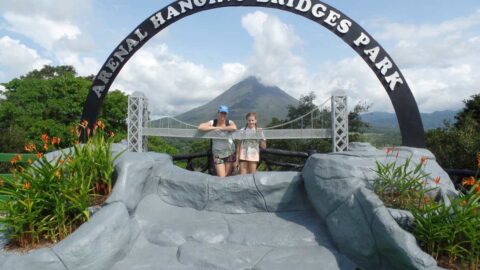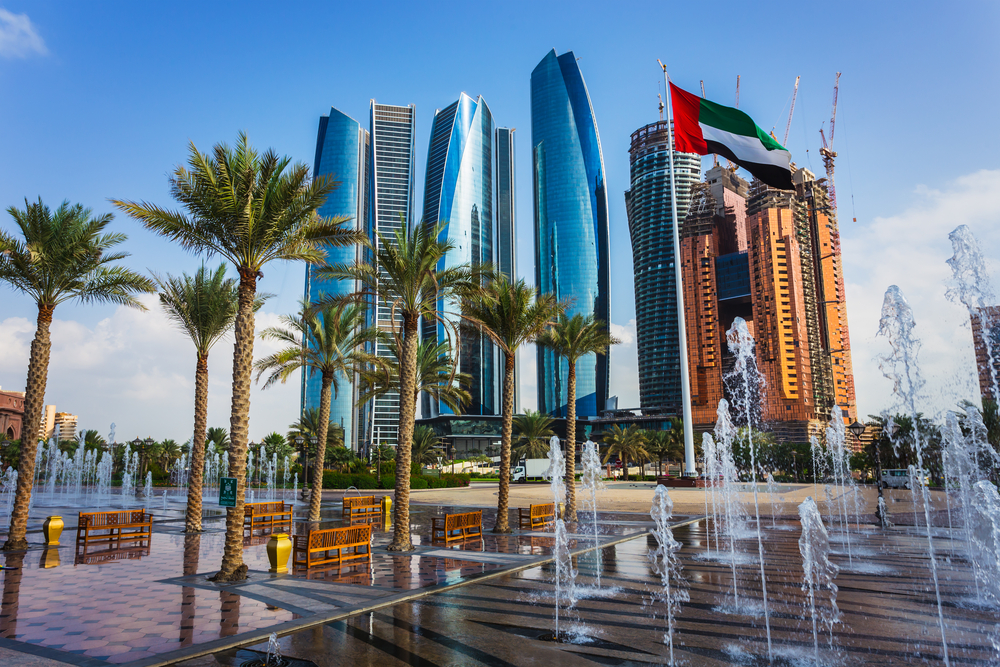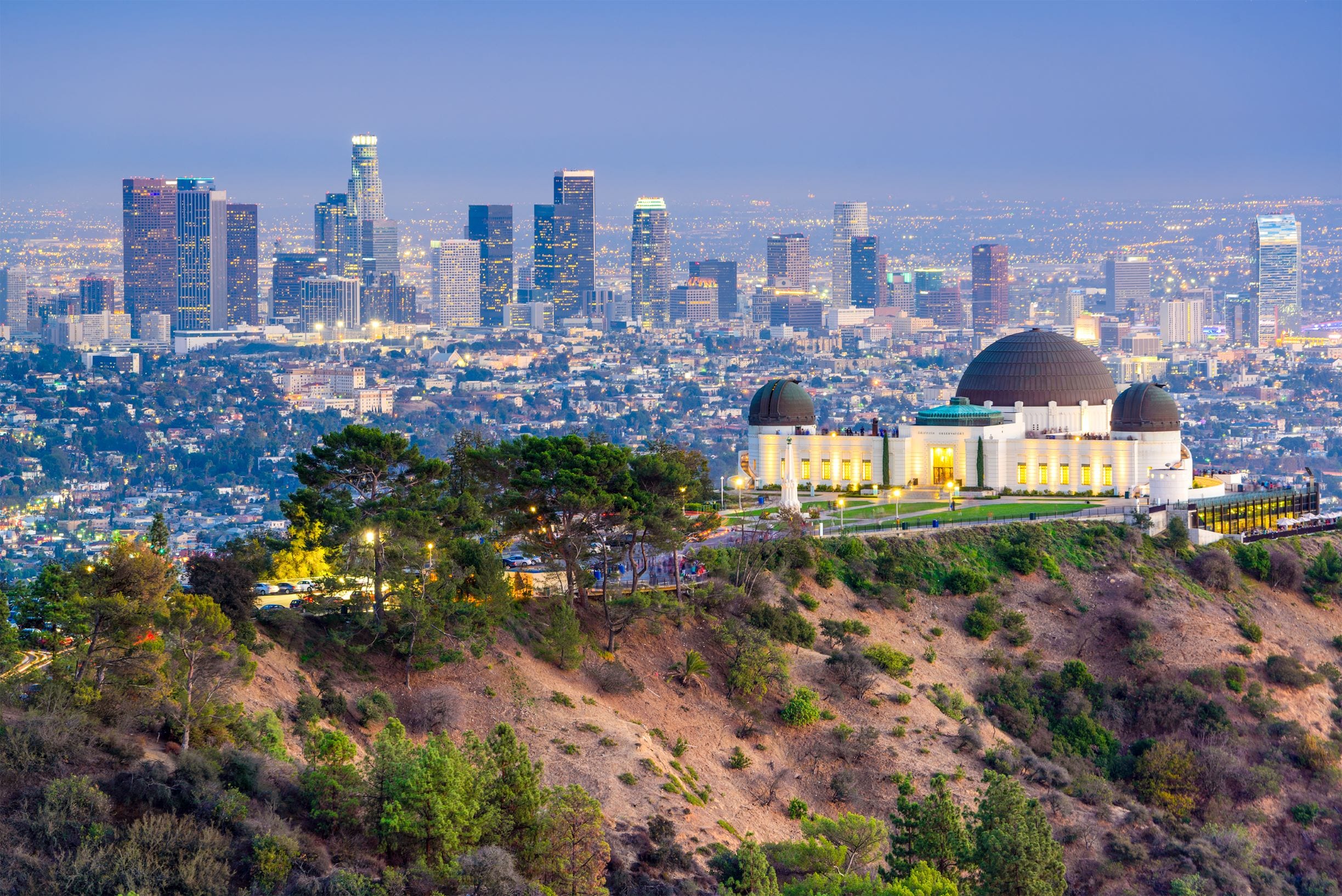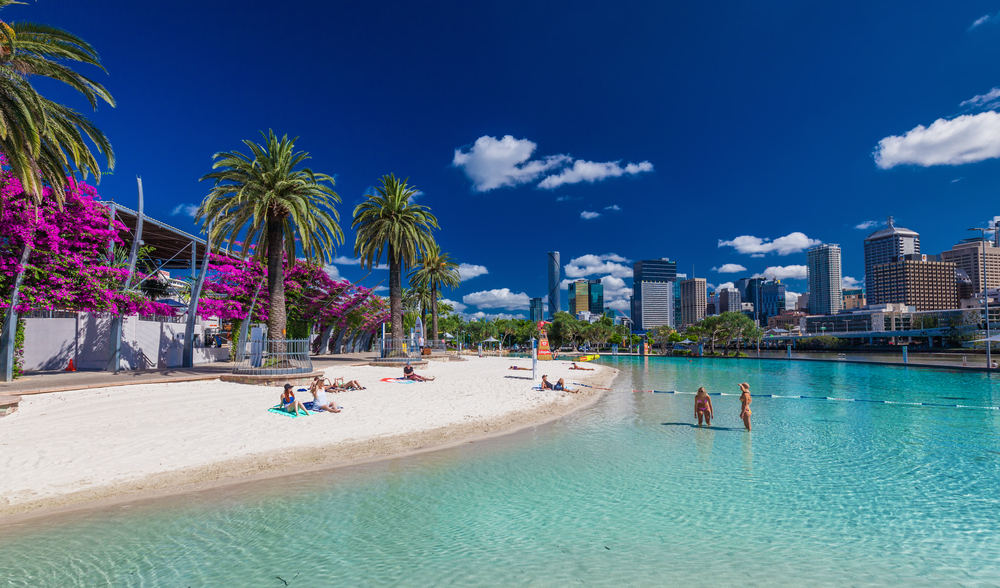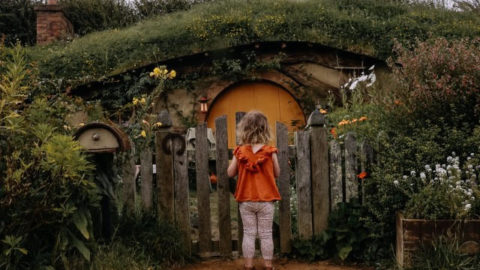Ultimate guide to things to do in Argentina with kids
Argentina is a large – and long! – lively, safe and friendly nation with a whole lot that kids love to explore: tango, cowboys, glaciers, jungles and Tierra del Fuego (which means Land of Fire) from which there is access to the “end of the world.”
As most Argentines (and many other South Americans) often travel in Argentina with their families, including young children, services throughout the country are well able to accommodate family needs. This is as true on the iconic, horizon-filling Pampas grasslands as it is on the culture-rich streets of Buenos Aires.
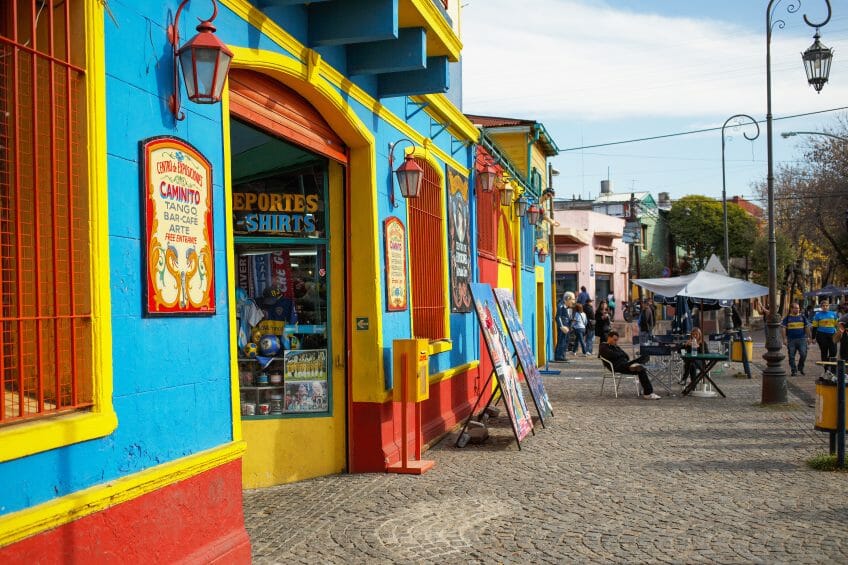
Basically, very few places are off limits to families, no matter what the age of the kids, from the enticing ocean beaches, walks amongst penguins and amazing natural wonders like Iguazu Falls to hikes in the Andes and glacier experiences in the wilds of Patagonia. In Buenos Aires, the San Telmo neighbourhood’s cobblestoned streets and picturesque 19th-century European facades are a brilliant backdrop for tango dancers, while working-class La Boca displays buildings painted in dazzling colours along the Caminito.
Outside the capital, a stay on an estancia (ranch) for horse riding comes with an introduction to Gaucho culture, while epicurean nature lovers head straight for the famous wine regions and the adventurous go to the ski resorts, Los Glaciares National Park and fabled Ushuaia, the southernmost city in the world.
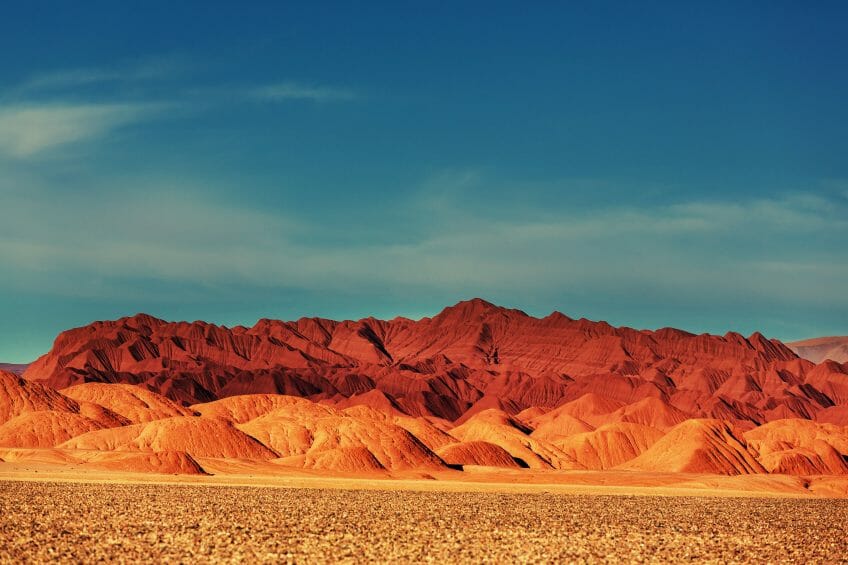
Best time to visit Argentina as a family
Choosing an ideal time to visit Argentina is not easy. Not only is Argentine weather notoriously changeable, but within any given season conditions can vary enormously, depending on region and elevation. Wet weather gear and warm layers are necessary at all times.
Autumn (March to May) visitors will hit leaf-peeping season and annual harvest festivals in the wine-growing country around Mendoza. Outdoor nature-based activities with kids are best scheduled outside of the winter months (June to August), with the exception of skiing and visits to the north (Iguazu Falls). The beaches are busiest during the Argentina’s summer holiday (late December through January). The warmer months (November to March) are also a good time to visit the Andes, southern parts of Patagonia and Tierra del Fuego.
Things to do in Argentina with…
The largest park in Buenos Aires is Parque Tres de Febrero (aka Palermo Woods), a lovely green zone for kids. The grounds encompass multiple gardens, a planetarium and a lake for boat rides. The zoo, called Eco Park, is not recommended due to poor animal conditions. Instead, Bioparque Temaikèn (50 kilometres north-west of town) is a far better choice.
For rainy days, Buenos Aires boasts wonderful interactive museums like the Museo de los Niños (laid out like a miniature town) and the National History Museum in Parque Lezama.
Out of town, Argentina’s Atlantic coast is fabulously family-friendly, especially the beaches. Península Valdés is the place to check out whales, elephant seals and penguins. Inland, the wineries around Mendoza make delightful holiday destinations for families with wee ones and wine tasters. An easy day trip from Mendoza is Puente del Inca, a natural limestone bridge once sketched by Charles Darwin.
In the town of Tigre, just north of Buenos Aires, kids go wide-eyed at Parque de la Costa, South America’s biggest amusement park. A boat trip on the adjacent Paraná River delta, one of the world’s largest, is quieter pleasure, as is Tigre’s Museo Argentino del Títere puppet museum. An alternative day trip south of Buenos Aires is La Plata, whose museum has a huge, eclectic collection of natural-history exhibits.
Further afield, outdoorsy kids find lots of inspiration in Patagonia. From Ushuaia, the world’s southernmost city, they can walk amongst penguins on Martillo Island or boat up the Beagle Channel to scout out sea lions and sea birds, including immense albatrosses.
West of town is the departure station of the Train to the End of the World, a beautiful journey on an picture-book steam railway into Tierra del Fuego National Park and its easy hiking trails along Lapataia Bay.
Argentines love horses. The best way for pre-teens to experience them and Gaucho (cowboy) culture is to stay at an estancia (ranch) and ride the vast Pampas (grassland plains).
Iguazu Falls is another natural wonder that kids adore via hiking paths, bridges and a soaking boat that passes directly beneath the cataracts. The surrounding national park is home to toucans and monkeys, as is the nearby Güirá Oga zoo and wildlife rehabilitation centre, an exceptional introduction to the Iguazu forest environment. A bit further south-west, the Esteros del Ibera wetland wonderland is alive with marsh deer, caimans and capybaras.
Not to be forgotten are the Atlantic beaches like Miramar, a 20km-long strand full of watersports activities that draw large holiday crowds.
For two novel museum options, the cool Glaciarium in El Calafate focuses on all things ice while the Museo Paleontológico Egidio Feruglio, Trelew’s dinosaur museum, hosts pyjama overnights.
In Los Glaciares National Park, teens can join their parents for a guided trek on Torre Glacier wearing crampons and a harness. Other hikes take in amazing views of 12 more glaciers and a couple of lakes, like the growing Perito Moreno Glacier regularly calving giant chunks of ice into Lago Argentina far below.
For yet more adventurous mountain fun, there’s summer trekking and winter skiing in the Andes near Mendoza and San Carlos de Bariloche. Also near Mendoza are the Cacheuta thermal baths with a wave pool and waterslides.
Back in Buenos Aires, graffiti walking tours point out excellent urban street art. Teens may enjoy weekend shopping and people watching as well at the artsy Feria Artesenal PlaRecoleta Cemetery, resting place of famous Argentines including Eva (Evita) Peron, is like a miniature city of mausoleums and marble statues.
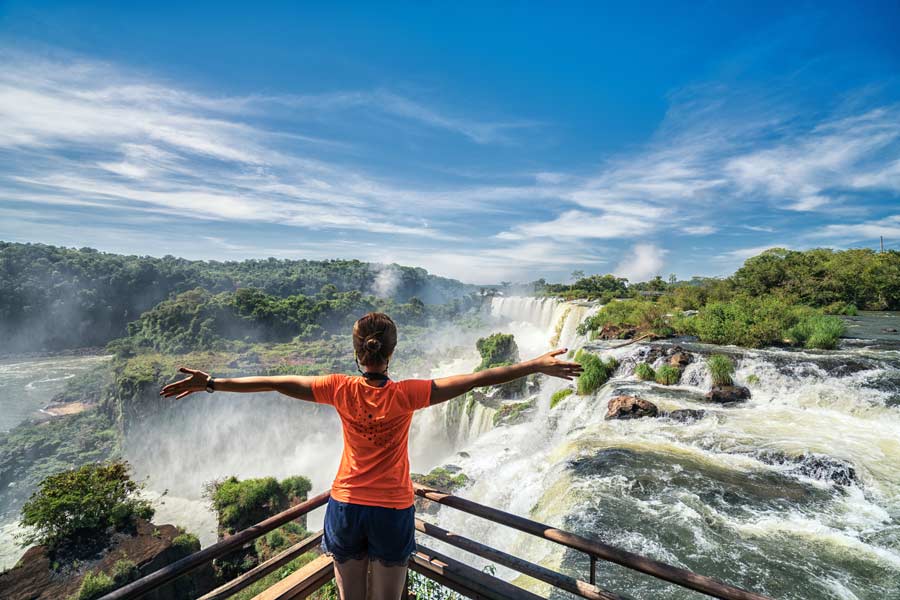
Getting around Argentina
Argentina’s vast open stretches of land can be daunting to traverse with kids. Flights are a big time saver. Intercity buses are comfortable, frequent and sometimes equipped with reclining sleeper seats. Car rental can get expensive but provides true autonomy in reaching and getting around remote areas. Trains are limited, slow and not well maintained, but allow for greater freedom of movement on board.
In Buenos Aires, the subway beats surface traffic. Other cities have shared minibus “collectivos.” Metered taxis are common, affordable and widely used in Buenos Aires. In other destinations, fares should be negotiated in advance.
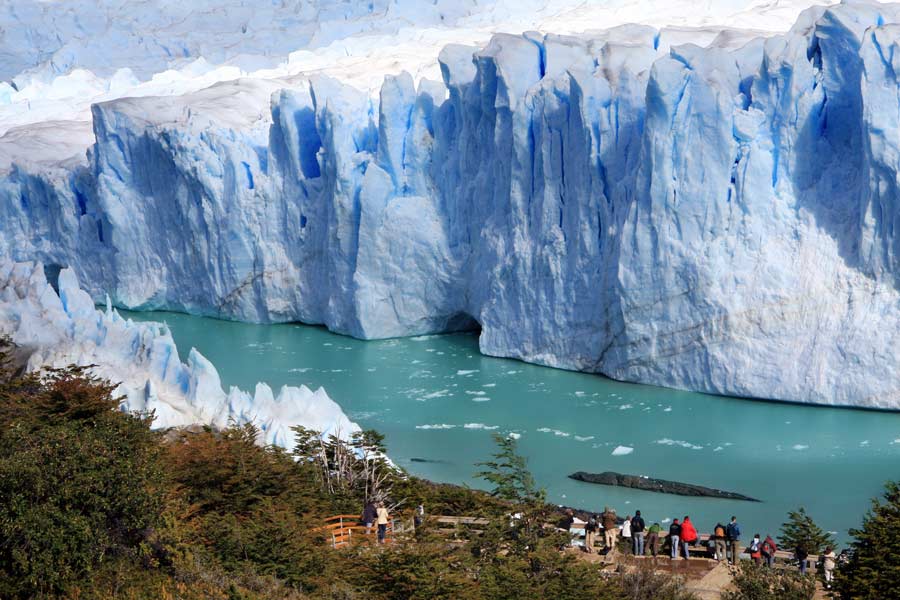
Health
Argentina is a modern country with good sanitation and health services. Free public hospitals and clinics are not bad but English may not be spoken and wait times can be long. Private health care is better if it can be afforded. Cash payments are expected for treatment.
Some mosquito-borne diseases are found in Argentina – dengue fever in the north, malaria along borders of Paraguay and Bolivia – so precautions should be taken. The yellow fever vaccine is recommended for all travellers over nine months old visiting the forests of the north-east.
Shopping malls and international fast food chains usually have restrooms open to patrons. Public toilets are often not well maintained and rarely include infant changing facilities. Argentine pipes are more free-flowing than others on the continent so toilet paper can be flushed. Supermarkets and large pharmacies carry a good selection of baby-related items such as nappies/diapers.
Souvenirs
- Some dulce de leche can be secretly tucked into a checked bag as a reminder of Argentine sweet delights.
- Leather goods are an excellent buy in Argentina, perhaps no surprise due to the quantity of beef consumed. Belts in particular make useful mementos that take up little luggage space.
- Tango music can be purchased widely.
- A yerba mate set consisting of a gourd and a bombilla (straw) is a classic Argentine souvenir… even if mate is not one’s cup of tea.
- Items inspired by urban street art are reminders of the colourful cities visited in Argentina.
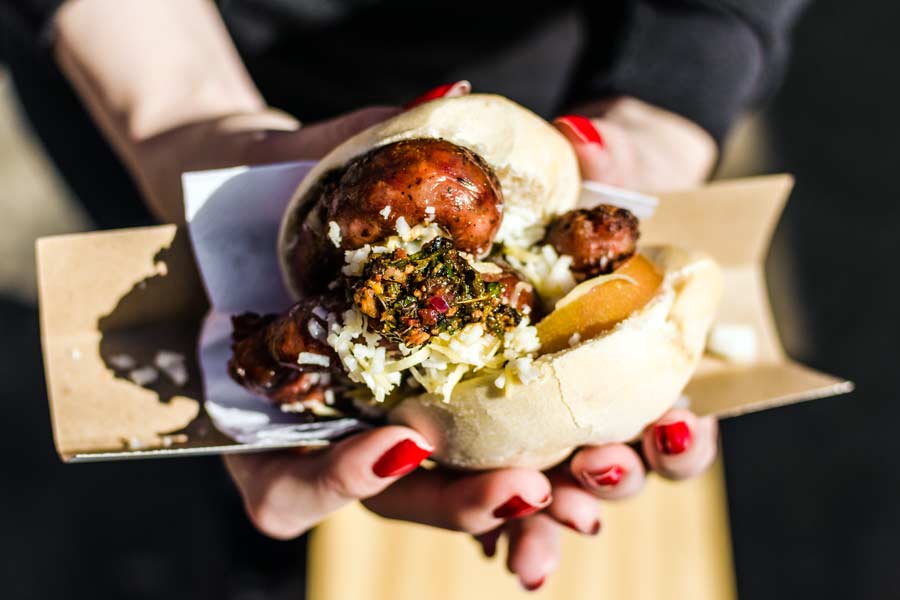
Food
Meat rules the menus of Argentina, especially in parillas (meat restaurants) where asado (barbecue) is served alongside steak, sausages, offal and most other cuts of beast. Patagonia is renowned for lamb, the north for ox, the Lake District for wild boar, venison and trout, and the Andean north-west for locro (spicy meat stew) and empanadas. Near the Atlantic coast, the seafood should be fresh. All across Argentina, choripan is a delicious street-food chorizo sandwich.
Meanwhile, at parillas, vegetarians should focus on mayonnaise-heavy ensalada rusa and baked/grilled provoleta cheese. A better bet is to hold out for a rare vegetarian restaurant or self-catering options.
For picky palates, most restaurants offer kid-friendly foods, such as chicken (sometimes breaded), rice and potatoes. Pasta and pizza are available nearly everywhere too.
Anyone with a sweet tooth will die for alfajores, soft satiny cookies with sweet fillings, and ice cream, a favourite Argentine dessert.
Local Customs
In Argentina, family comes first, which is great news for visiting families. The great majority of transports, hotels, restaurants and attractions readily accept kids. Of course, this means that kids stay up late with their parents, out well into the night enjoying meals, fiestas or futbol.
Argentine friends, families and even strangers frequently touch each other in greeting, including kissing on the cheek. Children may be affectionately patted on the head or even kissed by passersby.
The Argentine identity has been shaped by Native American, Spanish and other European (Italian and German) influences. Indigenous traditions are strongest in the north-east (Guaraní) and north-west (pre-Colombian Andean).
Yerba mate is a tea made from a bitter herb. It is also a very important part of Argentine culture. There are many rituals and customs associated with its consumption, so a chance to drink it with locals should not to be turned down.
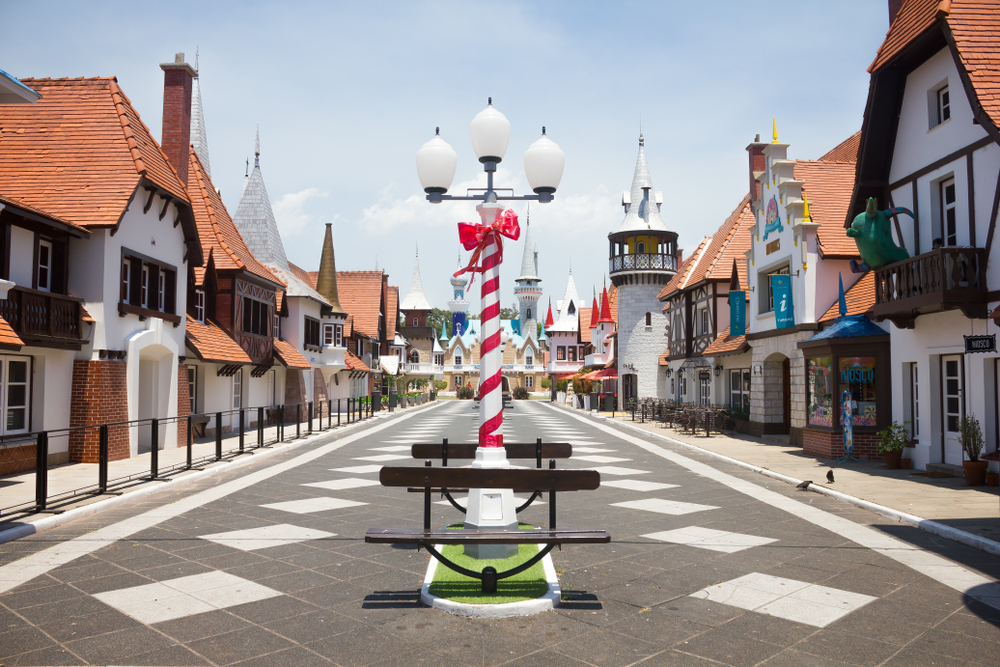
Costs
Despite its economic recovery in recent years, Argentina remains a good-value destination for family travel. Eating at local restaurants and sleeping in mid-range hotels definitely won’t break the bank, although ranch stays (full-board accommodation plus horse riding) can be costly.
Tipping around 10% is customary at restaurants, bars, cafes, hotels and for tour guides. Tips can not be added to credit card payments, so cash is required. Of note: some restaurants charge a small cubierto, which is for bread, not service.
Small kids are usually entitled to discounts at hotels, museums and restaurants, but these must sometimes be requested. This is also true at most ranches too, where children are charged a percentage of the adult rate according to their age. For some accommodation there is a hefty sales tax (21%) that is not always included in price quotes.
Credit cards are less useful than ATM cards and cash.
Popular stories
-

Costa Rica with kids: insider tips from a travel agent
For nature-loving families, Costa Rica is one of the most magical destinations to travel with kids. Here is a rundown of what to expect.
-

Abu Dhabi with kids: insider tips for family fun from Etihad cabin crew
These insider tips on family fun in Abu Dhabi from some of Etihad’s international cabin crew will help you plan a visit with kids
-

Family hacks for exploring Los Angeles on a budget
Pick up the inside scoop on family-friendly hotels, yummy eats and the best activities for kids in La La Land. Use these L.A. hacks as your ultimate guide!
-

The ultimate guide of things to do in Brisbane with kids
Our ultimate guide to Brisbane for families covers what to do, where to eat and where to sleep with kids of all ages.
-

Experience the Singapore Grand Prix with kids
Lifelong memories are guaranteed at this year’s Formula 1 Singapore Grand Prix. Stewart Bell explains why it’s a must-go for Aussie families
-

6 amazing, family-friendly experiences in New Zealand’s Central North Island
Here are 6 amazing, family-friendly experiences in New Zealand’s Central North Island (and yes, the list includes Hobbiton)
Janeece Keller is the founder and editor of Family Travel. She mostly travels with her husband and two young kids. She has a large blended family that lives in Australia and Europe. She has visited 52 countries and lived on 3 continents. From camping to luxury resorts Janeece tries to make sure her family has diverse holiday experiences each year. She is an avid hiker and ocean swimmer who loves good food, margaritas and heading off the beaten path.

